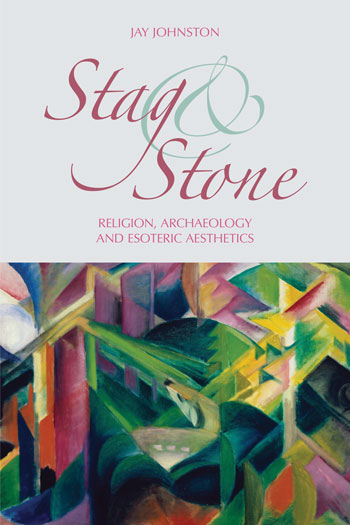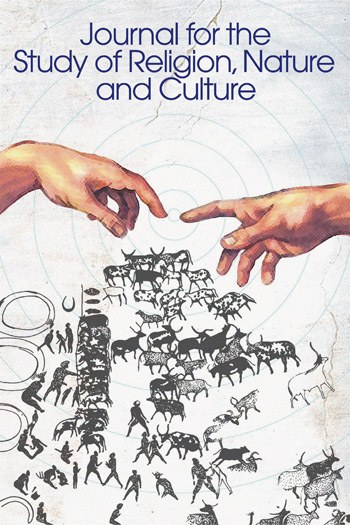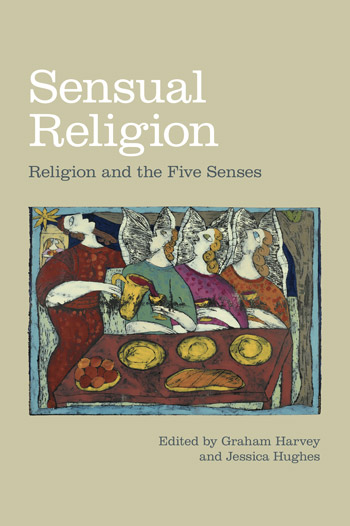Stag and Stone
Religion, Archaeology and Esoteric Aesthetics
Jay Johnston [+–]
University of Sydney
View Website
Jay Johnston is an interdisciplinary researcher working at the interface of religious studies, art history, continental philosophy and cultural studies. Her research is centrally concerned with the interrelationship of aesthetics and ethics, theories of embodiment and agency, ritual material culture, epistemology and multispecies studies.
Stag and Stone is a timely and innovative evaluation of the interdisciplinary dialogue between religious studies and archaeology. Investigating the core concepts of materiality, perception, ritual and agency, this volume redefines conceptual categories and argues for the need of ‘critical bewilderment’ as a unique scholarly practice.
This study brings together recent developments in religious aesthetics, theoretical archaeology and cultural studies. Taking as its focus ‘troublesome’ objects and places—those deemed ambiguous in purpose and meaning—the case studies presented here contribute new knowledge to a range of areas, including the ontology of matter, agency of images, animal–human studies, and early medieval norse and insular material culture.
Stag and Stone offers useful insights to upper level undergraduates, postgraduates and researchers in the areas of heritage and cultural studies, theoretical archaeology, animal studies, religious studies and art history.
Table of Contents
Preliminaries
Author’s introduction
Part I: QUIXOTIC MATERIALITY
This chapter introduces the concept of matter/materiality being developed in the volume and discusses its relationship to other relevant concepts. It gives particular attention to those found in the discourses of ‘material religion,’ post-processural archaeology and ‘new materialism.’
Taking objects of ambiguous purpose and meaning as its focus (especially carved balls from the Neolithic period and ‘magical’ stones from Gaelic traditions) this chapter investigates the conceptual and discursive interrelations between religious studies and archaeology, with a focus on contemporary scholarship. The analysis evidences a lack of critical engagement with shared terminology and unacknowledged interdisciplinary influence while also highlighting the productive value for both disciplines in considering ‘troublesome’ objects (which elide concrete identity of purpose and use).
This chapter addresses the different modes of epistemology presupposed by recent critical theory and esoteric traditions of materiality. It delineates the author’s proposition of ‘esoteric aesthetics’ and explains the relevance and innovation of this approach for interpreting material culture.
Part II: IRREGULAR ANIMALITY
The chapter explores the contested practice of identifying specific images from prehistory and early historic periods as evidence of shamanic practice and belief. In particular it examines picture stones created by the Picts (Scotland) and the Norse (Gotland). Building on the concepts developed in the previous section the issue of materiality and agency is central to the new analysis proposed.
Developing the analysis of ‘shamanism’ and material culture and extending the analysis of ‘troublesome’ objects, this chapter presents an interpretation of narratives (written and visual) that feature transpecies beings. These figures challenge ontological, epistemological and conceptual boundaries. The scholarly productivity of such ‘messy’ figures is identified and then exemplified as the foundation for a methodology of enquiry.
Part III: DISORIENTATED DISOURSES
Providing a further case study of the overt and covert influence of religious belief on archaeological (and philological) practice, this chapter is a discourse analysis of the antiquarian interpretations of the runic inscriptions of Maes Howe (Orkney). In particular it exemplifies the interrelationship of the subject areas as the different disciplinary identities emerged in the nineteenth century and identifies the enduring contemporary legacy of these early studies.
This chapter explores how the concepts of matter and perception developed in the preceding chapters (via case studies examining the intersection of religious studies and archaeology) can be applied to re-think modes of engagement with broader environments and the ramifications (individual and collective) of such a shift in perspective. It includes a discussion of several ‘ritual’ landscapes and their interpretation in relation to recent ecological theory.
Conclusion
The conclusion summarises the ‘esoteric aesthetics’ approach developed throughout the volume and discusses its ramifications for broader scholarly practice. It reiterates the relations between the concepts developed in preceding chapters and delineates the approach as a scholarly form of ‘bewilderment,’ outlining its potential application for other disciplines/studies.








